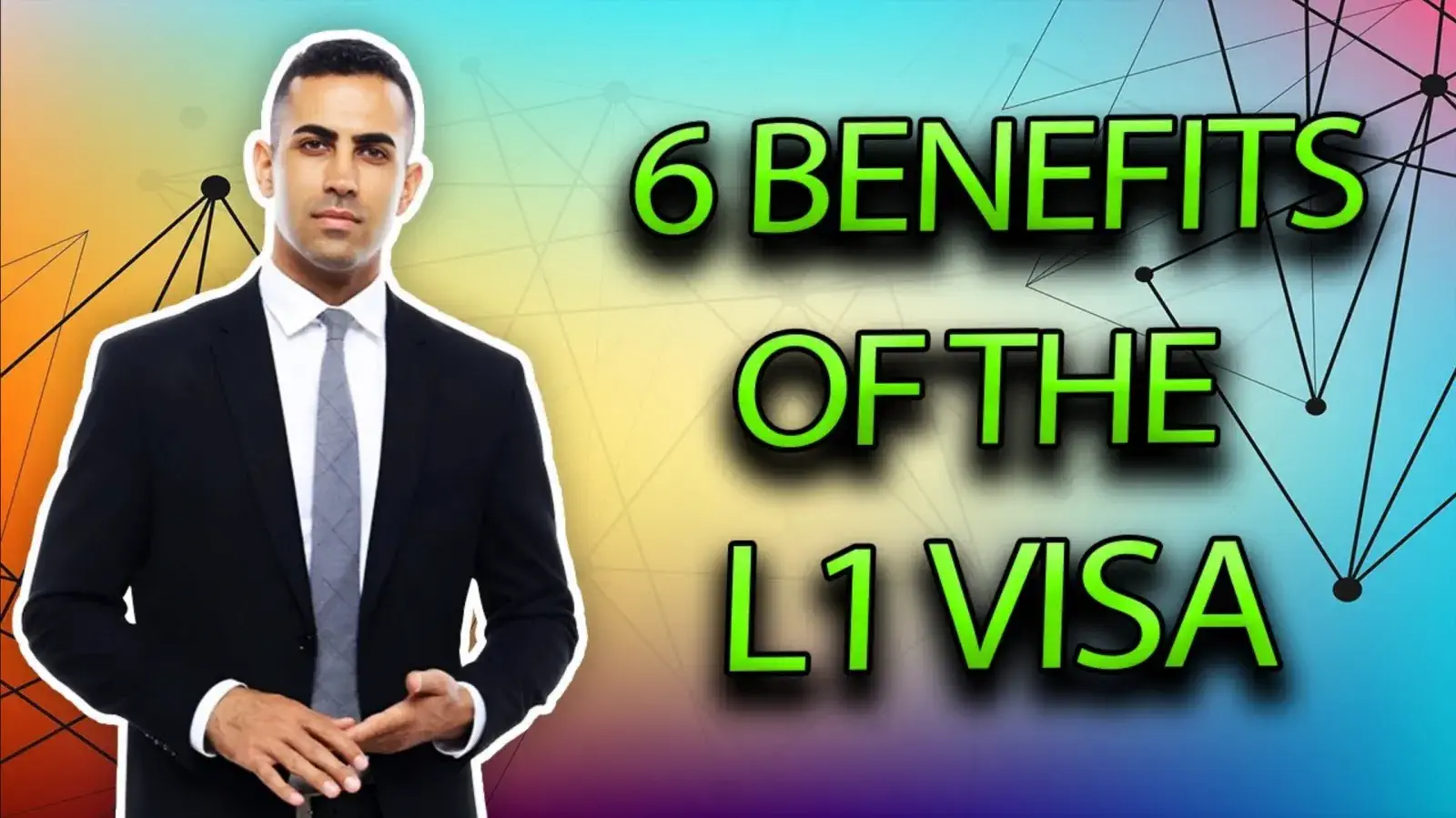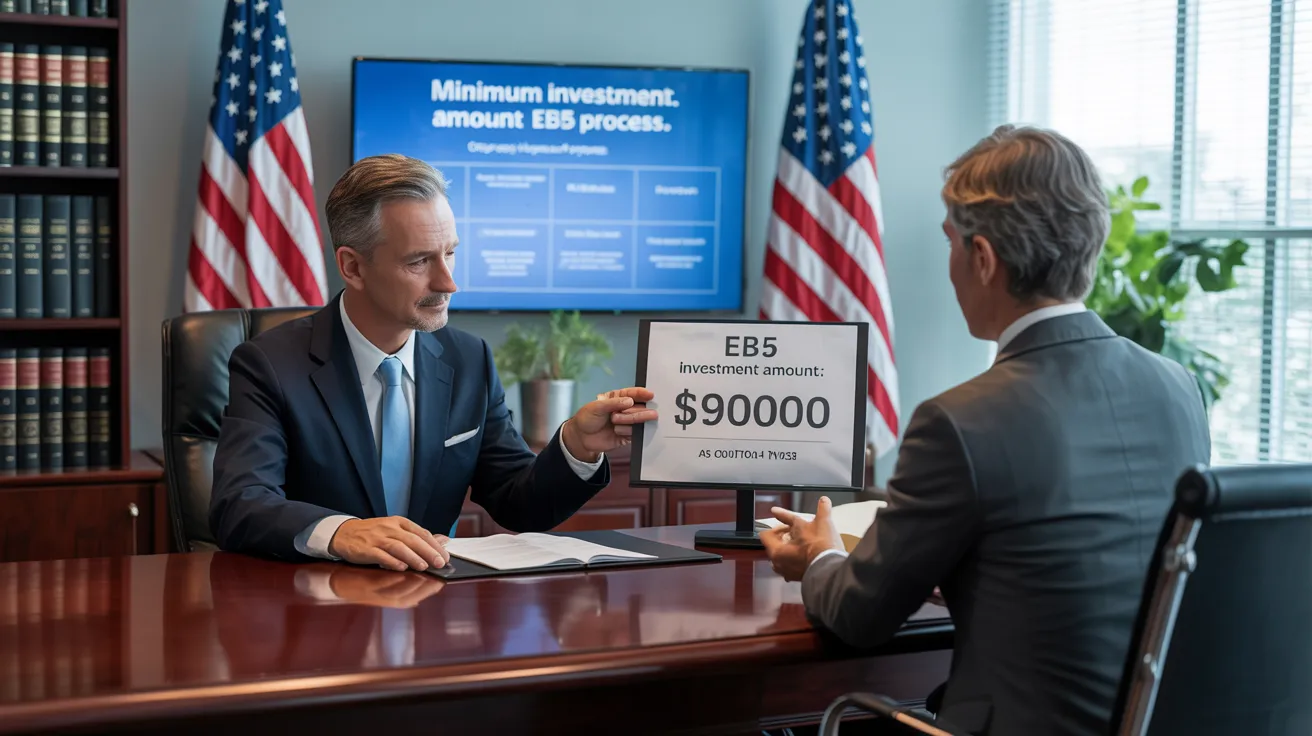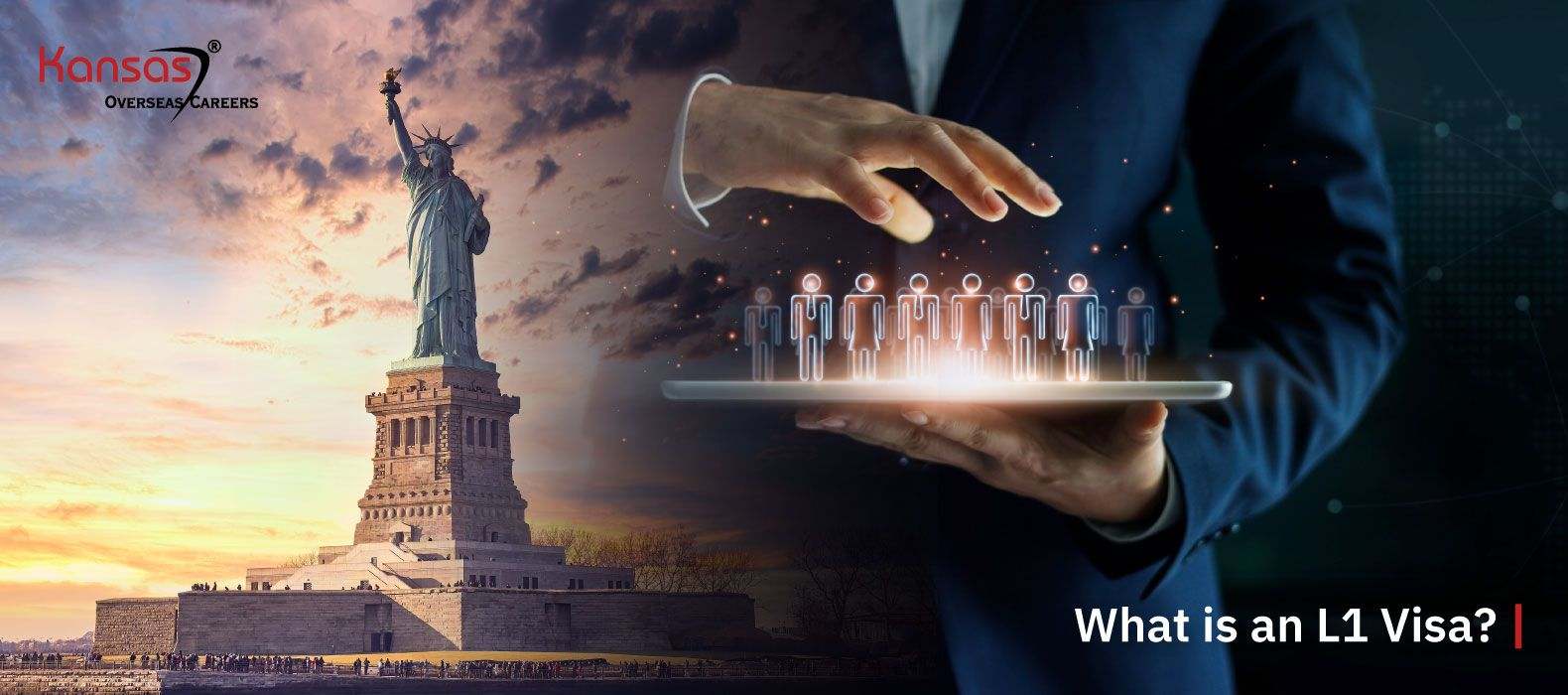Getting The L1 copyright Work
Table of ContentsSome Known Factual Statements About L1 Visa L1 Visa Can Be Fun For EveryoneNot known Facts About L1 VisaFacts About L1 Visa UncoveredAbout L1 VisaL1 Visa Fundamentals Explained
Offered from ProQuest Dissertations & Theses International; Social Science Premium Collection. (2074816399). (PDF). Congress. (PDF). DHS Workplace of the Assessor General. (PDF). (PDF). "Nonimmigrant Visa Stats". Recovered 2023-03-26. Division of Homeland Protection Workplace of the Examiner General, "Testimonial of Susceptabilities and Potential Abuses of the L-1 Visa Program," "A Mainframe-Size Visa Loophole".
U.S. Division of State. Recovered 2023-02-08. Tamen, Joan Fleischer (August 10, 2013).
How L1 Visa can Save You Time, Stress, and Money.
In order to be qualified for the L-1 visa, the international company abroad where the Beneficiary was utilized and the U.S. company need to have a qualifying relationship at the time of the transfer. The various kinds of certifying connections are: 1. Parent-Subsidiary: The Parent implies a firm, corporation, or various other lawful entity which has subsidiaries that it has and manages."Subsidiary" implies a firm, firm, or other lawful entity of which a moms and dad owns, directly or indirectly, greater than 50% of the entity, OR owns less than 50% however has management control of the entity.
Instance 1: Company A is incorporated in France and uses the Recipient. Firm B is incorporated in the U.S. and desires to seek the Recipient. Firm An owns 100% of the shares of Business B.Company A is the Parent and Firm B is a subsidiary. There is a qualifying relationship between the two firms and Business B must be able to sponsor the Beneficiary.
Example 2: Business A is integrated in the united state and wishes to petition the Beneficiary. Business B is integrated in Indonesia and utilizes the Recipient. Firm A possesses 40% of Company B. The continuing to be 60% is owned and controlled by Firm C, which has no connection to Firm A.Since Company A and B do not have a parent-subsidiary connection, Business A can not fund the Beneficiary for L-1.
Firm A has 40% of Firm B. The staying 60% is owned by Business C, which has no connection to Firm A. Nonetheless, Firm A, by official contract, controls and full takes care of Company B.Since Business A has less than 50% of Company B however handles and controls the firm, there is a certifying parent-subsidiary connection and Company A can fund the Recipient for L-1.
The Best Strategy To Use For L1 Visa
Affiliate: An associate is 1 of 2 subsidiaries thar are both owned and managed by the very same parent or individual, or possessed and regulated by the very same team of individuals, in basically the same proportions. a. Example 1: Company A is incorporated in Ghana and employs the Recipient. Business B is incorporated in the U.S.
Company C, likewise incorporated in Ghana, owns 100% of Business A and 100% of Firm B.Therefore, Firm A and Company B are "affiliates" or sister business and a certifying connection exists in between both companies. Company B ought to have the ability to sponsor the Beneficiary. b. Instance 2: Business A is integrated in the united state
Company A is 60% possessed by Mrs. Smith, 20% owned by Mr. Doe, and 20% possessed by Ms. Brown. Firm B is included in Colombia and presently utilizes the Recipient. Firm B is 65% owned by Mrs. Smith, 15% possessed by Mr. Doe, and 20% had by Ms. Brown. Firm A and Firm B are affiliates L1 Visa attorney and have a qualifying connection in 2 various ways: Mrs.
The L-1 visa is an employment-based visa group established by Congress in 1970, permitting multinational companies to move their managers, execs, or vital employees to their United state operations. It is commonly referred to as the intracompany transferee visa.

Additionally, the recipient must have worked in a managerial, exec, or specialized employee position for one year within the three years preceding the L-1A application in the international firm. For brand-new office applications, foreign work needs to have been in a supervisory or executive ability if the recipient is pertaining to the USA to work as a supervisor or executive.
Fascination About L1 Visa

If given for an U.S. company functional for more than one year, the first L-1B visa is for up to three years and can be extended for an additional 2 years (L1 Visa). Alternatively, if the united state firm is freshly established or has actually been operational for less than one year, the initial L-1B visa is issued for one year, with extensions offered in two-year increments
The L-1 visa is an employment-based visa classification developed by Congress in 1970, enabling international companies to transfer their supervisors, executives, or essential workers to their U.S. operations. It is commonly described as the intracompany transferee visa. There are two primary kinds of L-1 visas: L-1A and L-1B. These types appropriate for workers worked with in various placements within a business.
The Best Guide To L1 Visa
Furthermore, the beneficiary has to have functioned in a supervisory, exec, or specialized employee position for one year within the 3 years preceding the L-1A application in the international business. For brand-new office applications, international work must have been in a managerial or executive capacity if the recipient is concerning read more the United States to function as a manager or exec.
for as much as 7 years to manage the operations of the U.S. affiliate as an executive or manager. If provided for a united state company that has been operational for even more than one year, the L-1A visa is at first granted for approximately three years and can be expanded in two-year increments.
If granted for a united state business functional for greater than one year, the initial L-1B visa is for as much as 3 years and can be expanded for an added two years. On the other hand, if the U.S. business is newly established or has actually been operational for much less than one year, the first L-1B visa is provided for one year, with expansions available in two-year increments.